10 Reasons To Use Inquiry-Based Learning In Your Classroom
Much like project-based learning, there are many reasons to use inquiry-based learning in your classroom–starting with creativity and personalization.
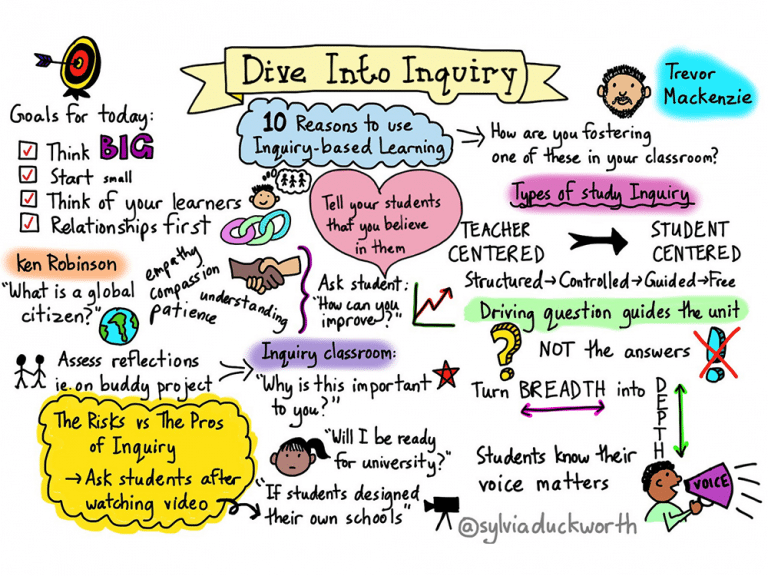
Much like project-based learning, there are many reasons to use inquiry-based learning in your classroom–starting with creativity and personalization.
Collecting and organizing evidence of learning with digital tools leads to multiple benefits for teachers, students and parents.
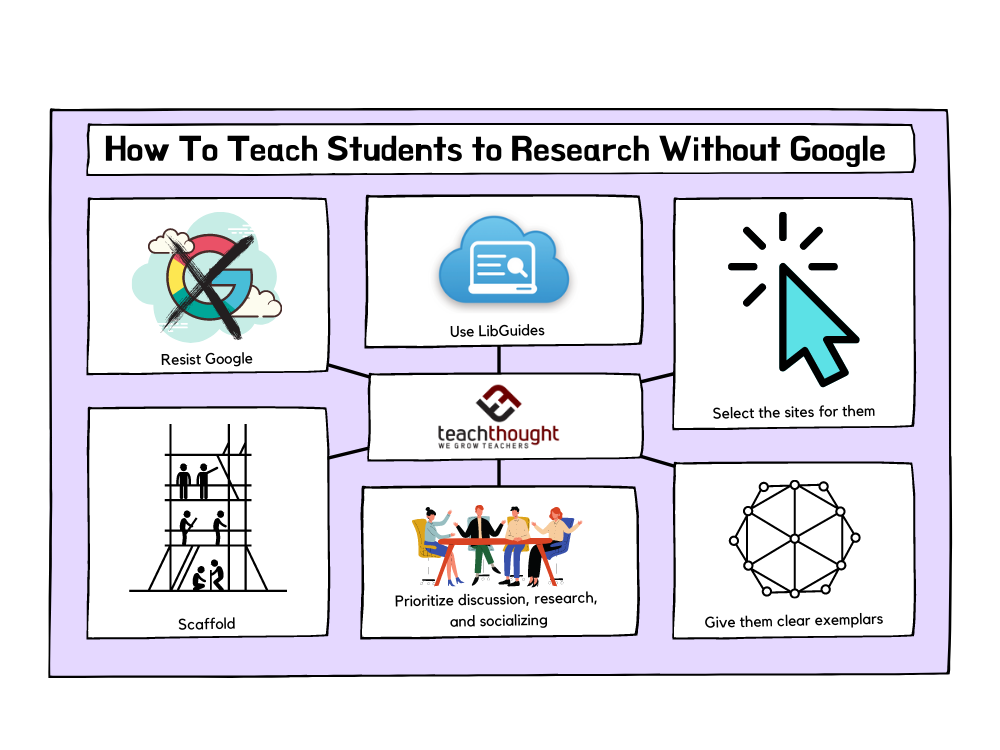
Scaffolding, encouraging discussion, modeling exemplars — here are a few ways to teach students how to research without Google.
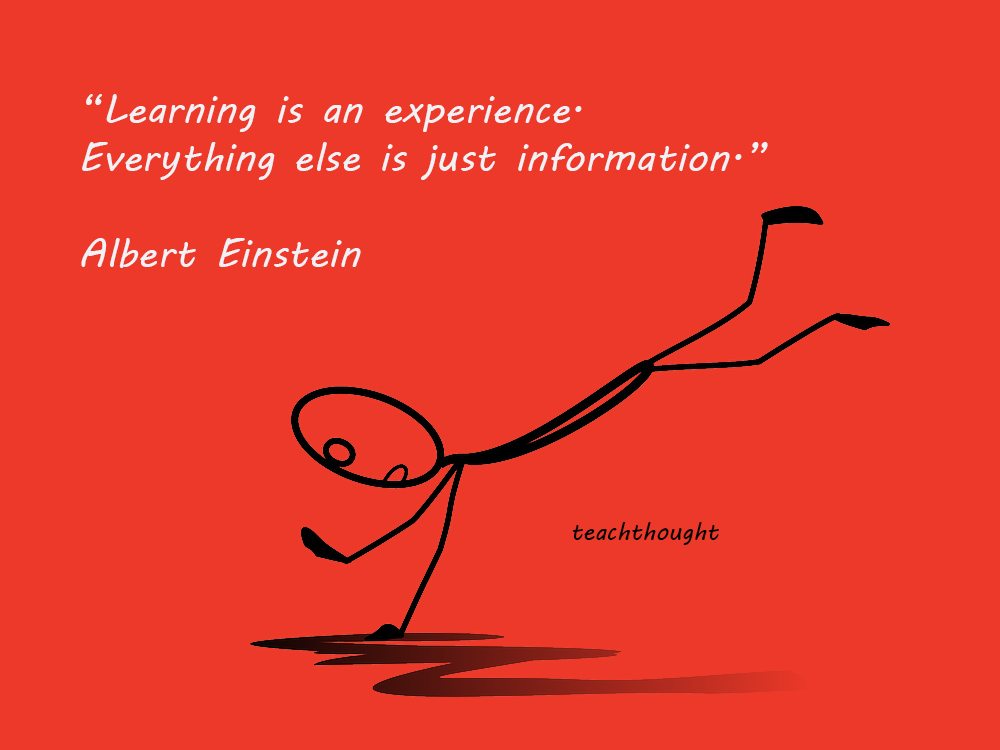
Learning is an experience. It’s organic and perishable and turns over on itself constantly like a restless, sleeping animal.

Predicting learning outcomes is big business in education, but what is the cost of insisting what a student will understand and when they will understand it?
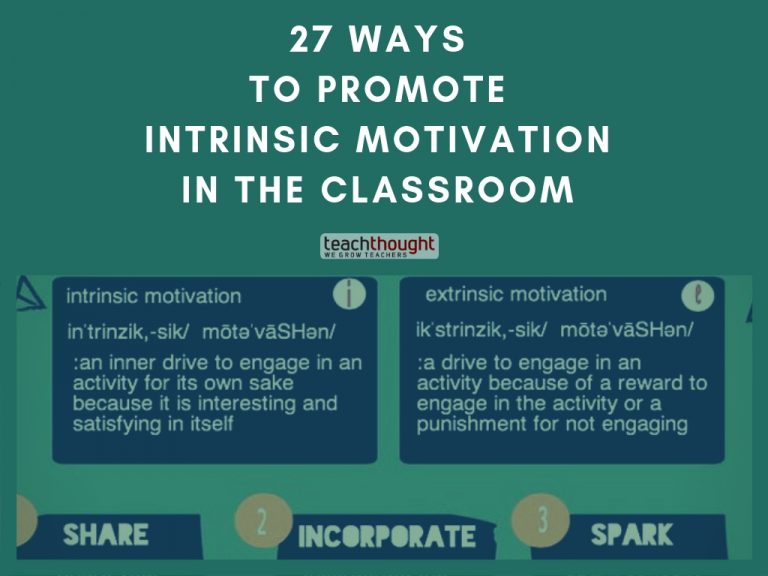
Some ways to promote intrinsic motivation in students your classroom include using inquiry and lessons that require their creativity.
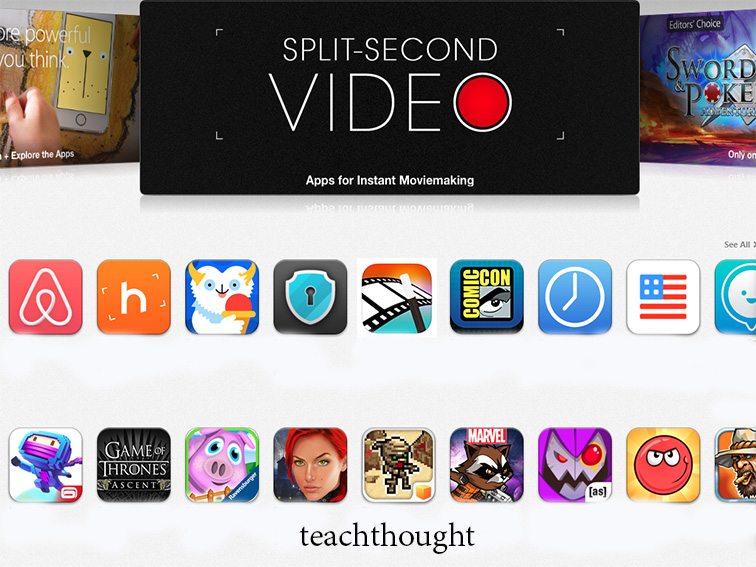
Here are 22 apps to make videos and other forms of digital media for projects in your classroom and curriculum.
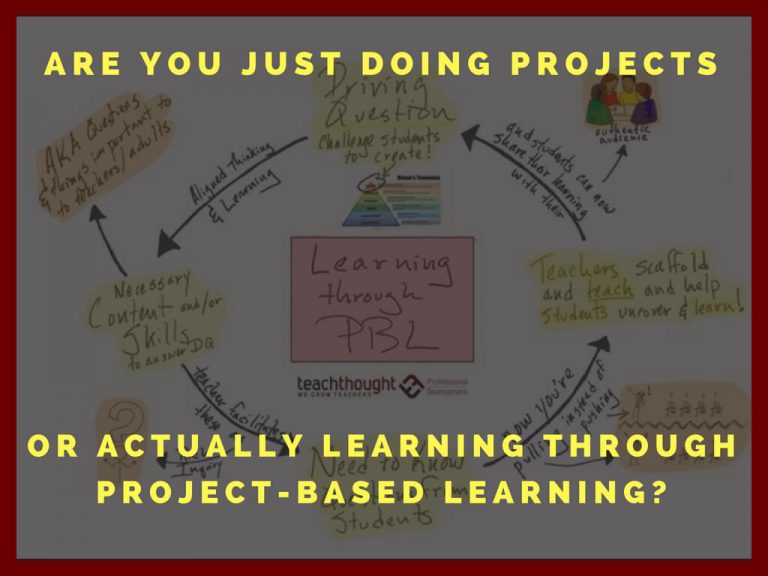
Project-based learning is not just doing projects, it’s students learning through the work of a project and that’s a critical distinction.
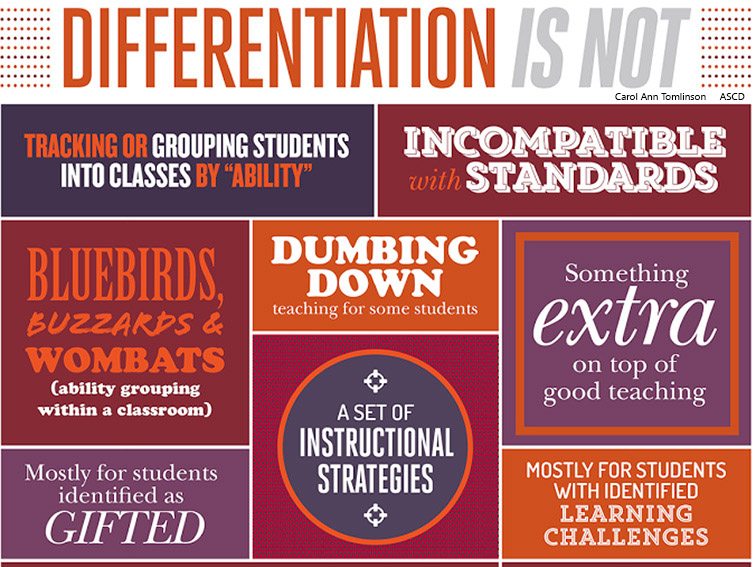
Differentiation means adapting content, process, or product according to a student’s readiness, interest, and learning profile.
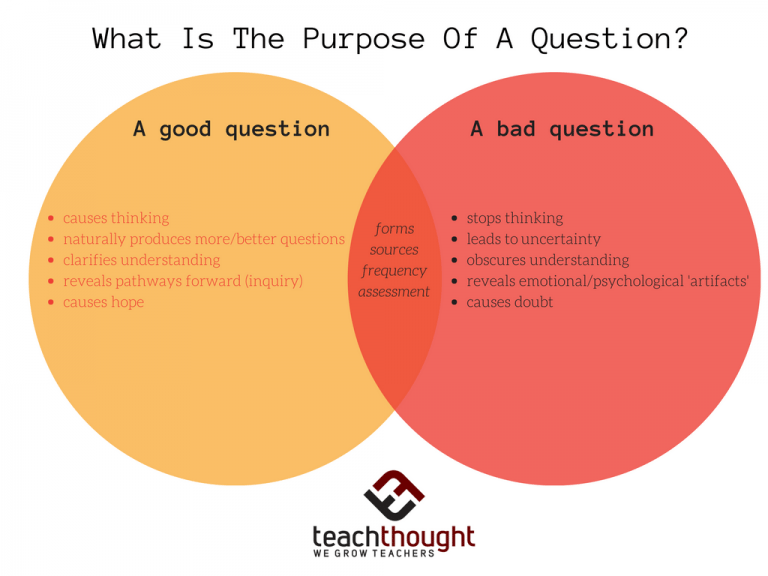
The source, frequency, and quality of questions from students are among the best data points to evaluate thinking in your classrooms.
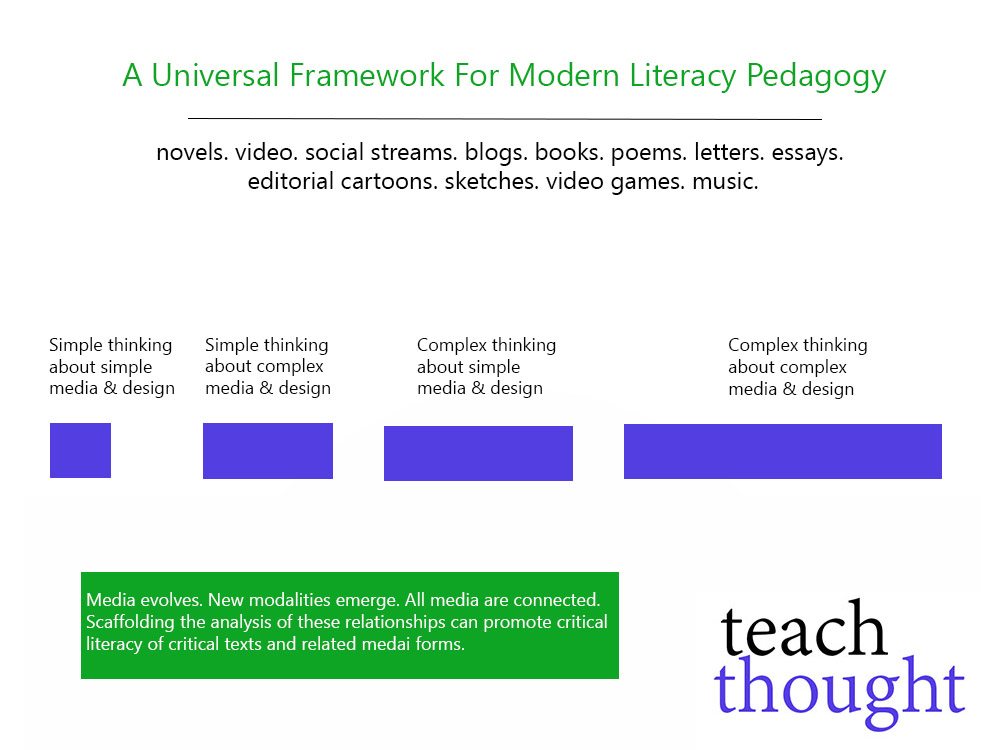
Literacy instruction has done a relatively poor job of keeping up with the urgent pace of change in the ways people read and write.
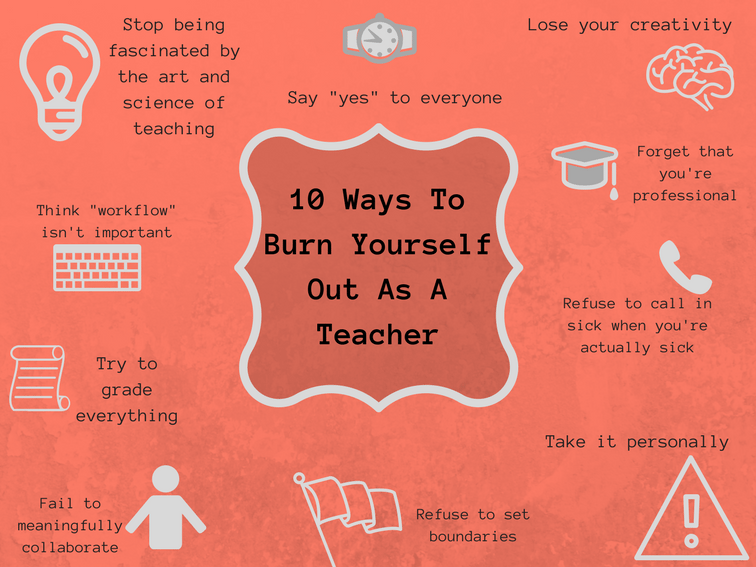
If you’re increasingly tired, prone to Sunday night blues, and your July excitement is replaced by dread, teacher burnout could be why.
End of content
End of content